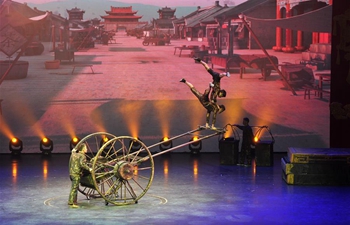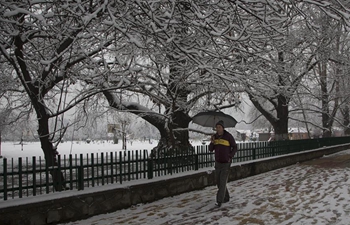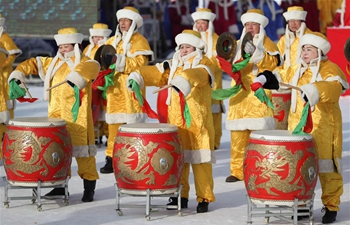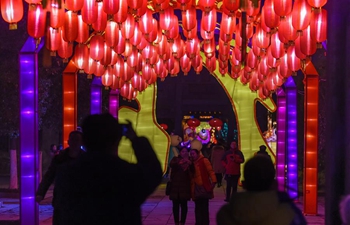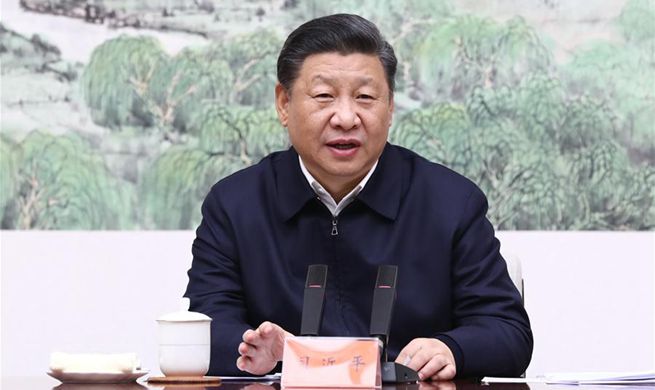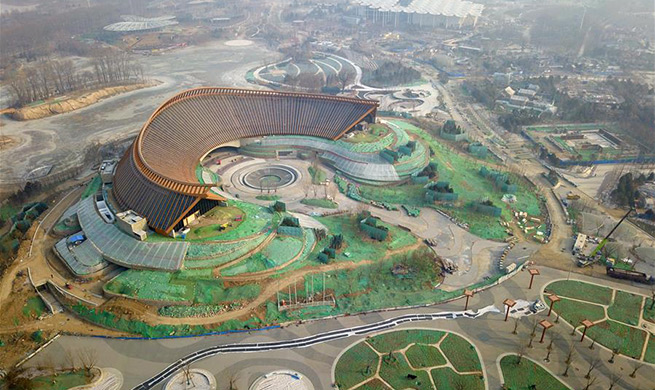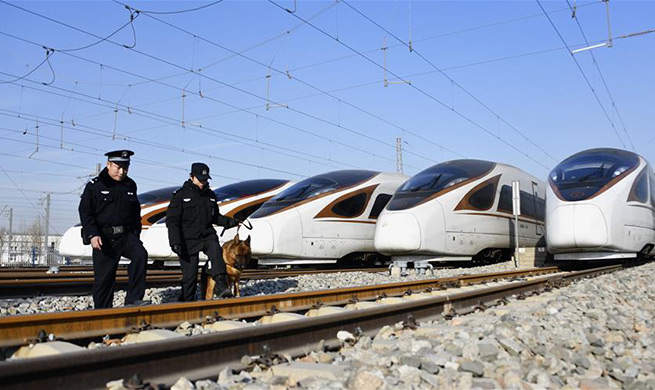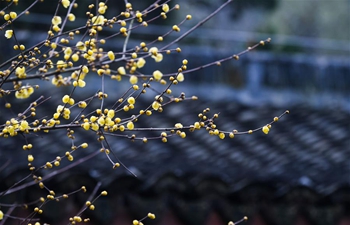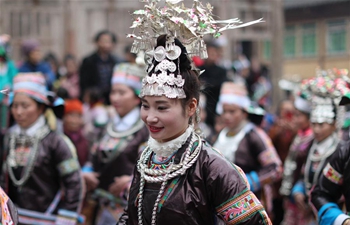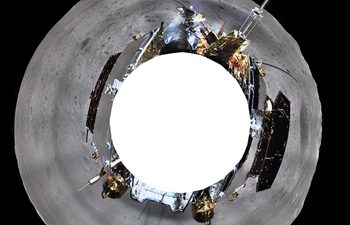by Xinhua writer Cui Enhui
BEIJING, Jan. 19 (Xinhua) -- A photo exhibition featuring Chinese life in the 19th century has attracted more than 70,000 visitors at the Tsinghua University Art Museum since its opening two months ago.
The exhibition, "Vision and Reflection: Photographs of China in the 19th Century from the Loewentheil Collection", is the largest on 19th century Chinese images in the country, according to Su Dan, deputy curator of the museum.
The photos were captured between the 1860s, almost 20 years after paper photography came to China, and the 1890s. They provide a visual record of the landscape, architecture, people and culture of China in the late Qing Dynasty (1644-1911).
There are portraits of various figures on show, from politicians such as well-known Qing Dynasty official Li Hongzhang, to merchants, textile workers, students and monks.
Old street scenes of prosperous Chinese cities including Beijing, Hong Kong, Shanghai and Guangzhou are well represented.
Visitors can glimpse into the natural beauty of the Lushan Mountain and the Minjiang River, and historical architecture such as the Old Summer Palace in Beijing, the Confucius Temple in Nanjing and the Yellow Crane Tower in Wuhan.
The 120 original prints on display were selected from American antiquarian Stephan Loewentheil's more than 15,000 photographs, claimed to be the world's largest private collection of early photography of China.
"I'm happy but not at all surprised by the large number of visitors," Loewentheil told Xinhua via email. "The response to the exhibition has shown that the public is eager for exposure to the visual and artistic record preserved by Chinese photography."
Loewentheil believes the photographic history of China and Chinese culture is a unique and critical asset for understanding the remarkable growth of modern China and the evolution of its modern visual art.
"These transformations have been difficult to study because of the rarity of surviving early photographs created in China," he said.
Photography was first promoted among the Chinese royal family and nobles, and then spread to businessmen and ordinary people, becoming a social fashion in the 19th century.
"These treasured pictures not only provide us with full and accurate historical materials, but also present the vitality and aesthetics of society in the late Qing Dynasty," Su said.
"The photos are more powerful and truthful than written words when transmitting history. Through them, I feel as if I can touch history," said Wang Yuxuan, a Chinese visitor born in the 1990s.
This irreplaceable resource continues to be expanded and refined, and Loewentheil is currently digitizing the collection in order to create an online gallery for academics and intellectuals.
The exhibition runs until March 31.




